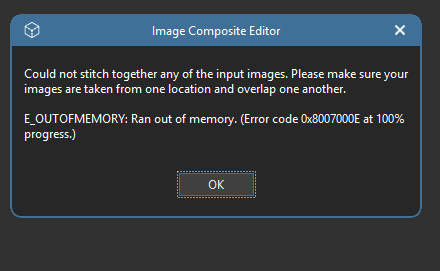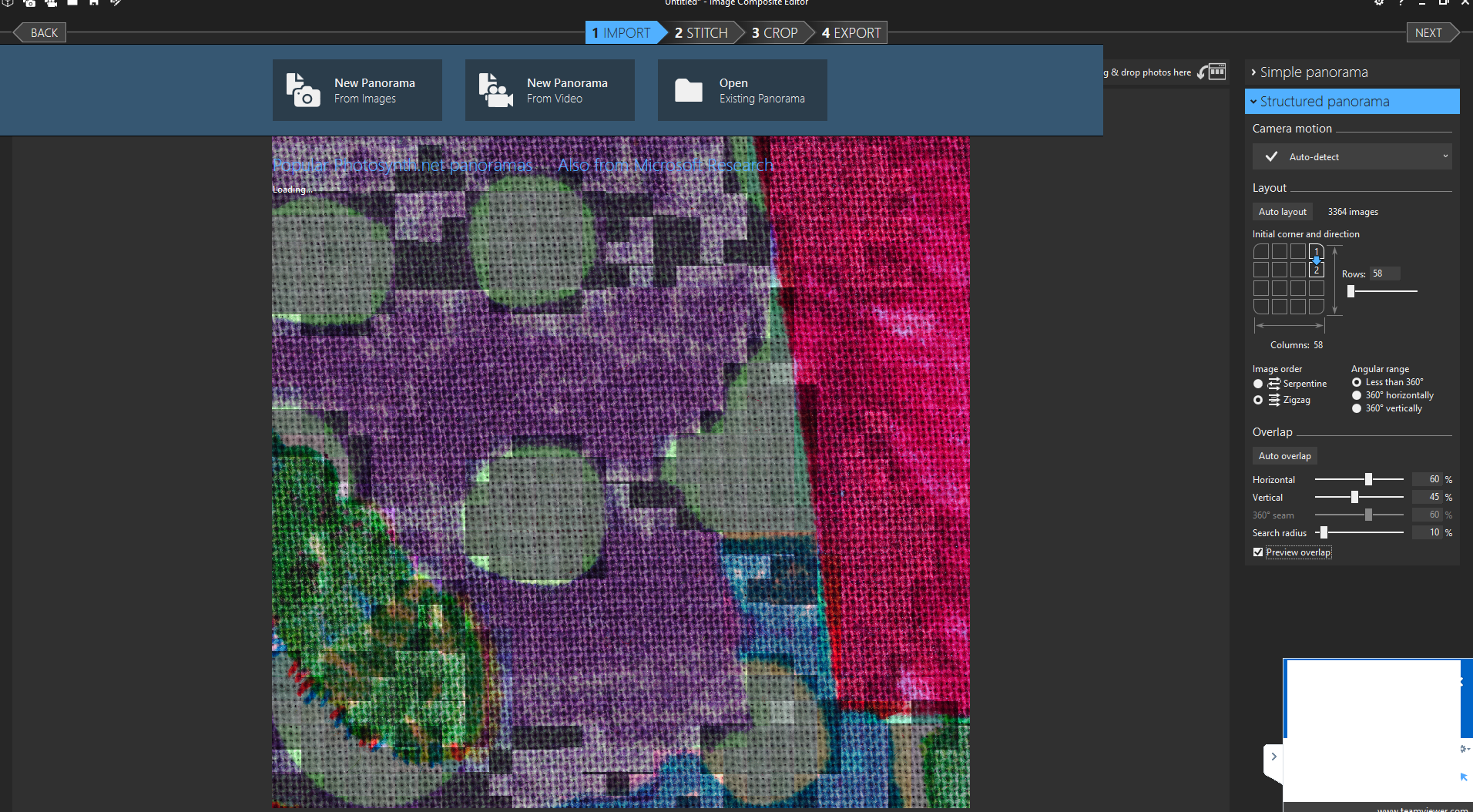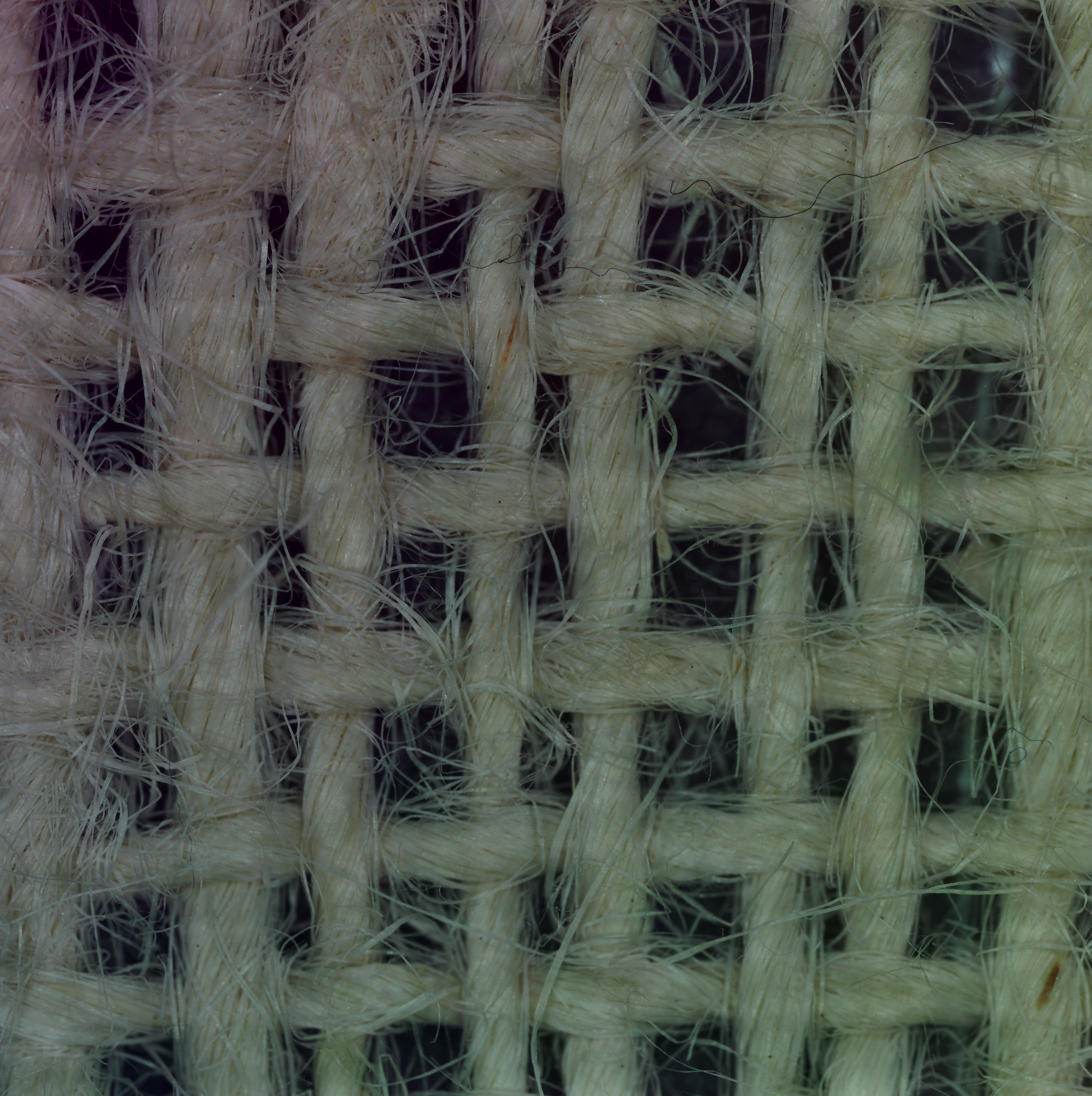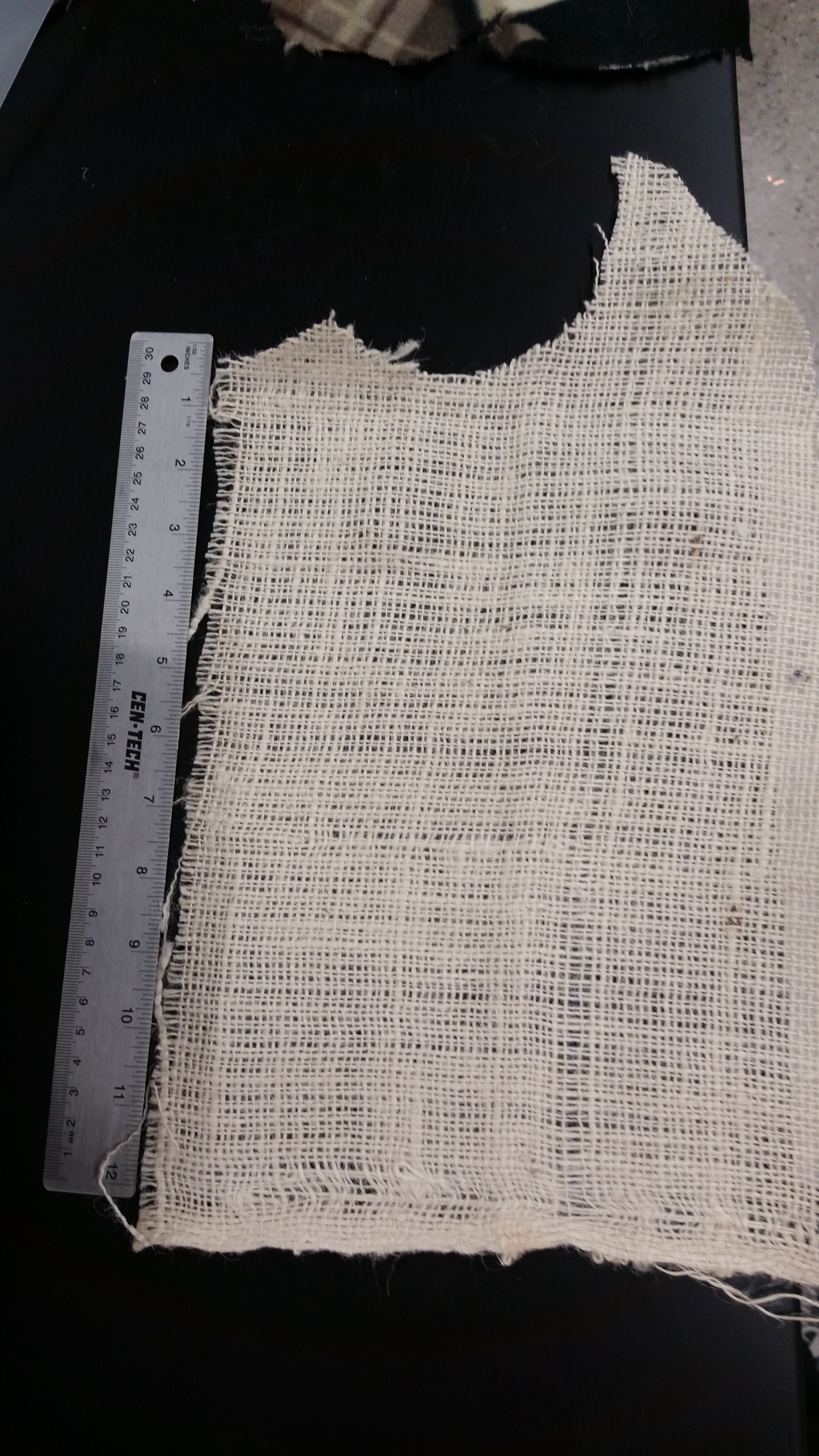I'll bet you're dying to pour over every scrap of that cloth. I can show you, but it would be in between 3300 and 10,000 pieces.
The problem is not one of repeatability:

The scan was 3 hours and took place at three different Z heights. The 2D raster scan of 3,364 images each occurred in between the Z height changes; that is, each change in Z height happened an hour apart, in my very sophisticated setup of binder clips holding it stable. The lights in the room probably went out at one point but I encourage you to look at the image above and see if you can spot a difference.
So the image is stable in the X/Y direction, meaning it shouldn't be a challenge to mix/match clear images, or even stack them. I haven't tried stacking in this setup (it's definitely more stable than my last one, where I had trouble), but the blur sorting qualitatively worked without a hitch. Problem:
The stitching program hates it!!!

Grrr! Argh!!! It's got too many files, or I'm just not mighty enough. It totally knows that it's an image --- the preview looks great!

It's not even that many --- I'm doing a relatively small area. Could get to 10,000 or more, easy. Add that to a very limited commandline API, as well as the weird color effects...

...which is why to belabor my point, I'm not leaving you hanging without a stitched image. That above is some loose burlap which, as you see, is WHITE. The individual images are all WHITE.

Microsoft ICE has served me well, but it's desperately time to use or construct a good programmatic solution. I don't care what it's in, OpenCV, Fortran, those little candy ticker tape things. But someone. Heeeelp! 救命! F1!!!
 Ahron Wayne
Ahron Wayne
Discussions
Become a Hackaday.io Member
Create an account to leave a comment. Already have an account? Log In.